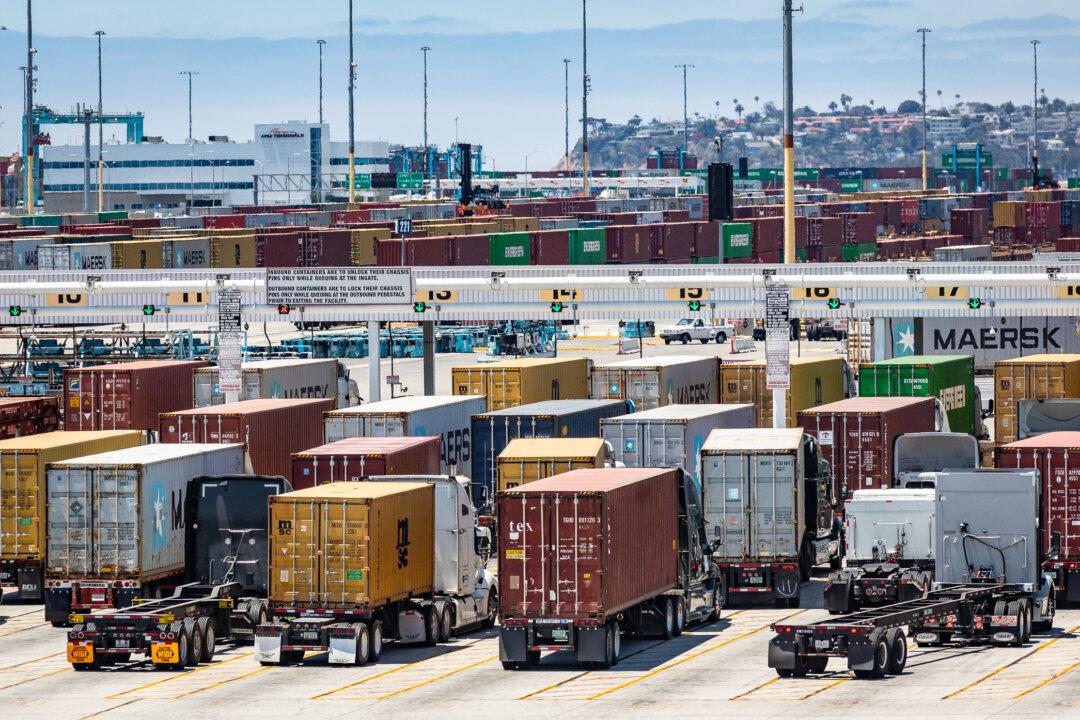The entire U.S. supply chain, not just its ports, requires 24/7 operations to reduce logjams and out-of-control costs, said U.S. Army Gen. Stephen Lyons (Ret.), the White House supply-chain czar, in an interview with Port of Long Beach Executive Director Mario Cordero on Aug. 9.
Lyons, the former commander of the U.S. Transportation Command, took over the position, on May 27, from John D. Porcari, who was appointed by the Biden administration as the port and supply chain envoy.





